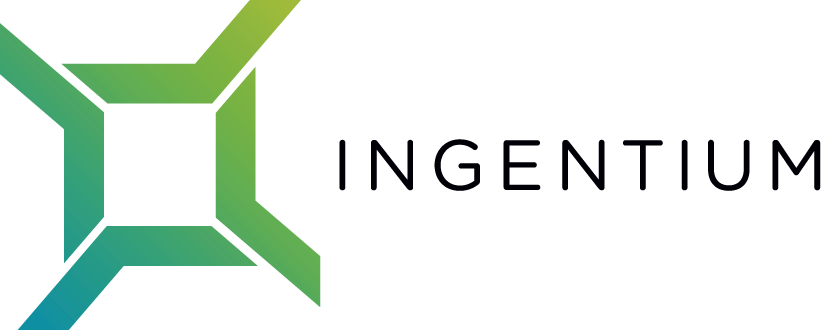Using intellectual property valuations to strengthen your negotiating position
Context
Throughout the years, your business has embarked on a number of side projects to improve its offerings to customers. In some cases these side projects have generated some unique intellectual assets which you have exploited to generate revenue.
This was how one of our SME clients came to own a portfolio of IAs which it was able to actively exploit, separately from the rest of the business. These IA’s were not capable of registration – as by nature – they fell out with the standard trade mark, patenting, and design protection requirements, however they were still unique, difficult to replicate and could potentially underpin a fully-fledged stand-alone business destined for growth.
Our client had caught the eye of an international market leader, which was now interested in buying these IAs. But it wasn’t completely clear what a fair selling price for such IAs would be, moreover what sort of consideration figure should be used to guide negotiations.
Problem
As no two IAs are ever the same, and rarely are two transactions ever contextually equal, how can a seller ascertain what a fair value for its IAs would be, and how can the seller convey a selling price to a potential buyer in a manner which is robust? Ingentium was tasked to assist with this.
Our approach
Because our client exploited its IAs in a localised market, and the potential buyer would use these IAs in conjunction with its pre-existing services and with exposure to a broader market, we knew it would be the growth or “pivot” value which would provide a fair reflection of the value of our client’s IAs.
Taking that valuation scenario in to consideration, we assessed the breadth and qualities of our client’s IA portfolio, noting any strengths or inconsistencies which could impact value and negotiations. This included a “technology” analysis to understand what the IAs covered and a risk analysis to see, for example, if any of the IAs were owned by a third party or employee and/or otherwise overlapped with other offerings made by the client’s business. One thing we learned through our assessment is that asset-for-asset, the portfolio contained more IAs than initially thought, and that some IAs which were ancillary to our client’s offering, would likely possess a lot more value for the purposes of the seller.
In addition to this assessment, we also carried out a market analysis looking in order gauge market and economical factors presiding over historical transactions of a similar nature.
Using our own algorithms we quantified the portfolio’s qualitative aspects and in combination with our other findings were able to calculate a valuation range which would be most representative of the value of our client’s IA portfolio.
The outcome
Within three weeks, we delivered to our client a valuation range backstopped by quality assessments, business analysis and real market data. The degree of detail and rigour we apply to our valuations only helps to ensure that such valuation would stand against any challenging by the buyer. Not only did this valuation range help our client drop a price anchor for the purposes of negotiations, it also provided the necessary information for our client to decide whether selling off its IA portfolio would be the best approach forward, or whether independently scaling up the offerings underpinned by such IAs was a better medium-to-long term strategy.


